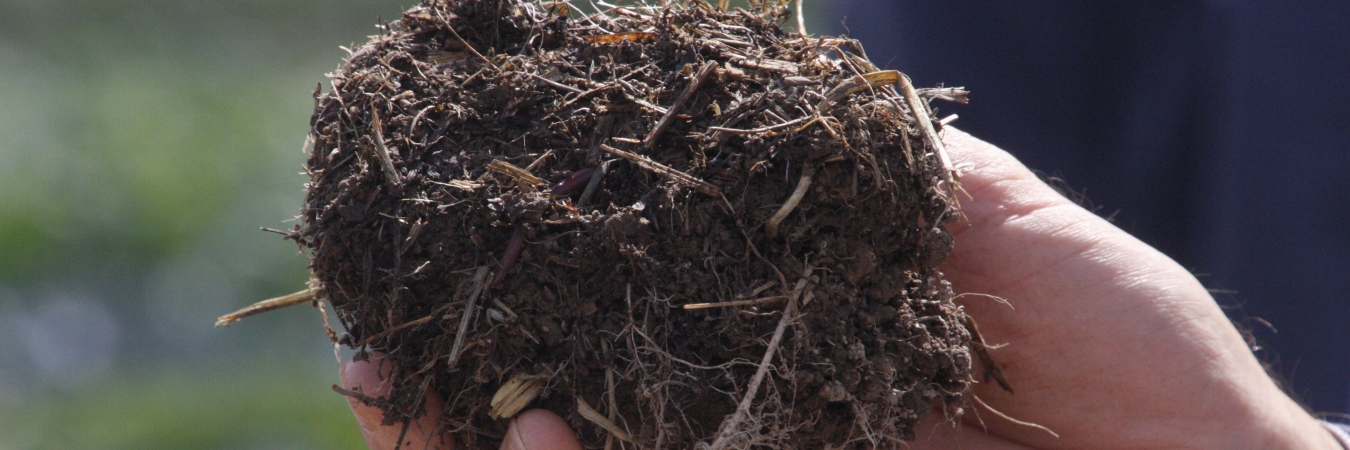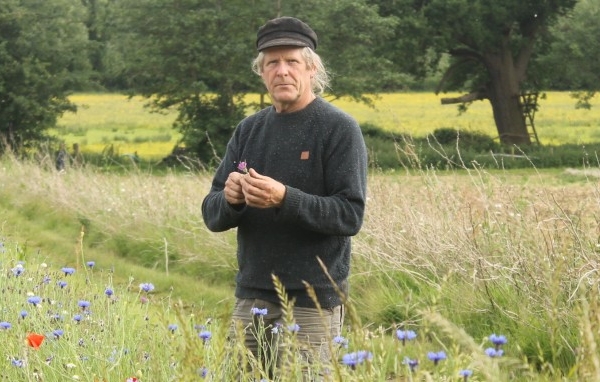The Basics of Soil Fertility
Shaping our relationship to the soil
Resource explained
The enhancement of soil fertility was crucial to the pioneers of organic farming, but the conservation of fertile soil is not always given enough attention and organic farming depends on good natural soil fertility. Exhausted and damaged soils cannot offer the desired performance. The cultivation of soil fertility requires careful management. This booklet, which results from the Organic Knowledge Network Arable project funded by the Horizon 2020 programme of the European Union, offers a view on soil fertility from different angles. It deliberately avoids offering universal ‘instructions’, but rather seeks to provide information to stimulate new thinking about a sustainable relationship to the soil. The booklet was produced by FiBL and the English version was adapted by the ORC to include case studies and examples in a UK context.
Findings & recommendations
The booklet is divided into information on principles of soil fertility, observations to help you establish levels of soil fertility, practical ways of preserving and improving soil fertility, and thoughts on the future of soil culture. Some issues surrounding organic farming systems are explored including; organic rotations that promote organic matter rather than exploit it, the challenge of soil fatigue, problems of phosphorus deficiency, and managing soil compaction and soil moisture – “the courage of waiting is one way to avoid mistakes.” The potential for gentle soil cultivation is examined using farmer Richard Gantlett as a case study demonstrating promoting a living soil using reduced tillage. The booklet concludes with a vision of the organic soil culture of the future:
- More attention paid to overall yields instead of individual yields
- Ensuring farming techniques are compatible with living conditions for valuable soil organisms
- Further crop varieties
- Using nature-appropriate machinery
- A soil culture inextricably linked with education and culture
- Sustainability through renewable resources
The advancement of soil management can not, the authors say, be achieved by tighter requirements in guidelines, it needs the freedom and development of the individual, and exchange of ideas and help amongst each other.








